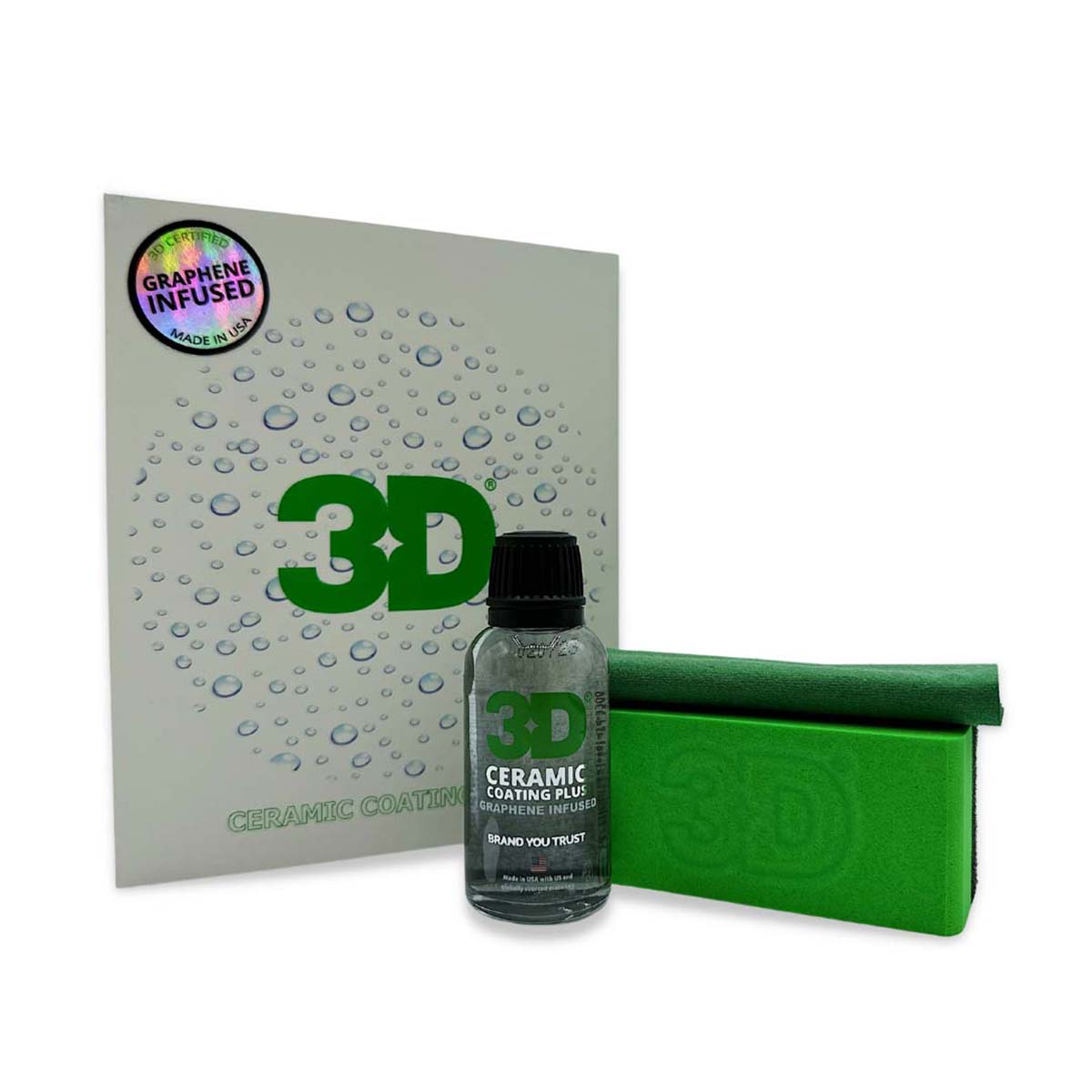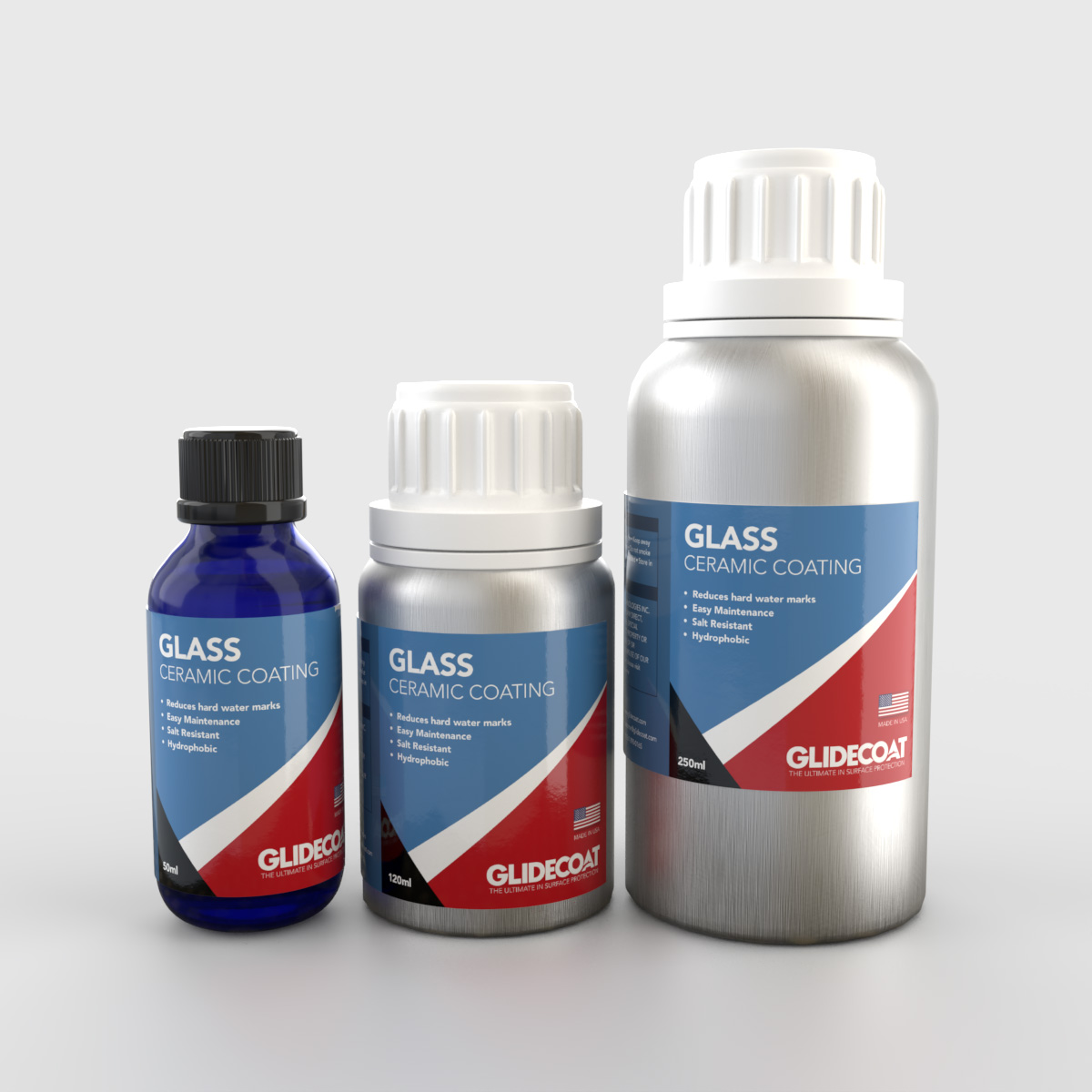Affordable and Reputable Ceramic Coating Philadelphia Provider for Your Vehicle
Affordable and Reputable Ceramic Coating Philadelphia Provider for Your Vehicle
Blog Article
Why Ceramic Covering Is the Ultimate Remedy for a Remarkable Finish
Ceramic covering has emerged as a leading solution for those seeking a perfect coating for their cars, many thanks to its remarkable resilience and protective functions. This innovative fluid polymer not only bonds seamlessly with factory paint however also provides an awesome barrier versus typical hazards such as scratches, UV rays, and toxic wastes. In addition, its hydrophobic homes simplify maintenance while boosting visual charm. Nevertheless, recognizing exactly how this technology contrasts to standard approaches and exploring its application nuances can disclose much more about its value. What factors truly set ceramic covering apart?
What Is Ceramic Coating?

When used appropriately, ceramic coating creates a hydrophobic surface that wards off water and dust, making it much easier to clean and maintain. Unlike conventional waxes or sealants, which commonly provide temporary defense, ceramic layers can last for numerous years, relying on the product top quality and application technique. The process of using ceramic covering requires careful preparation, consisting of thorough cleaning and sometimes paint improvement, to make certain optimal bonding and effectiveness.
Ceramic finishings are not limited to automotive surfaces; they can also be utilized on various products, including glass, steel, and plastics, giving a flexible service for boosting defense. On the whole, ceramic layer represents a substantial improvement in surface area protection innovation, integrating both visual and functional benefits for a large range of applications.
Benefits of Ceramic Finishing
While many surface protection alternatives exist, the benefits of ceramic layer stick out because of its one-of-a-kind residential properties and long-lasting efficiency. Among the primary advantages is its phenomenal longevity. Ceramic Coating Philadelphia. Unlike standard wax or sealants that need regular reapplication, ceramic finishes provide a durable layer that can last for several years, considerably lowering maintenance efforts
One more noteworthy benefit is enhanced defense against environmental pollutants. Ceramic finishings produce a hydrophobic surface that wards off water, dust, and numerous toxins, making it simpler to clean. This feature not only maintains the vehicle's appearance however likewise minimizes the threat of corrosion and oxidation, especially in harsh weather.
Moreover, ceramic layers supply superior resistance to UV rays, preventing fading and destruction of paint gradually. This UV protection is critical for preserving the visual worth of surfaces and cars subjected to route sunlight.
Furthermore, the glossy coating achieved with ceramic layer enhances the total visual appeal, giving surface areas a showroom-quality shine. Overall, ceramic finishings stand for a considerable development in surface area security modern technology, giving long-lasting advantages that deal with both visual and practical demands.
Exactly How It Functions
Understanding the scientific research behind ceramic finishings reveals just how they provide such remarkable defense and durability. At its core, a ceramic finishing is a fluid polymer that chemically bonds with the vehicle's manufacturing facility paint. This bonding produces a safety layer that is both oleophobic and hydrophobic, repelling water, dust, and oil. The main component of most ceramic coatings is silicon dioxide (SiO2), which is originated from quartz. This compound adds to the covering's solidity and resistance to scrapes, UV rays, and environmental pollutants.
The application process involves several steps, including surface area prep work, which is critical to accomplishing optimal attachment. As soon as used, the layer undertakes a treating procedure, throughout which it solidifies and develops a semi-permanent bond with the paint surface area. This bond is what identifies ceramic finishings from conventional waxes and sealants, giving a longer-lasting protective obstacle that can endure for years.
Furthermore, the density of the layer can enhance its protective qualities, ensuring that it can hold up against severe conditions. Ultimately, the science of ceramic coverings combines sophisticated products with innovative application methods to provide an unparalleled degree of defense and aesthetic improvement for automobiles.
Contrast With Traditional Approaches
When compared to traditional paint protection techniques such as sealants and waxes,The benefits of ceramic coatings come to be specifically evident. While waxes provide a short-term shine, generally lasting a couple of weeks to a number of months, ceramic layers provide a durable protective layer that can withstand for numerous years. This longevity considerably decreases the frequency of reapplication, making ceramic coatings an extra affordable service gradually.
Furthermore, traditional techniques frequently need considerable prep work and multiple applications to achieve a sufficient degree of protection. On the other hand, ceramic finishings bond at a molecular degree with the lorry's surface area, developing a robust shield against my sources environmental impurities like UV rays, acid rainfall, and roadway salts. This bond improves the automobile's resistance to scrapes and swirl marks, which are common with typical waxes and sealants.
Moreover, the hydrophobic properties of ceramic coatings drive away water and dirt, resulting in much easier cleansing and upkeep. In comparison, wax and sealant-treated surfaces can attract crud, necessitating more regular cleaning - Ceramic Coating Philadelphia. Overall, ceramic coverings not only provide remarkable security however likewise deliver a much more visually attractive and long-lasting surface, developing them as the preferred selection for discerning car owners
Application and Upkeep Tips

Making use of a foam applicator, apply the coating in little areas, adhering to the producer's standards concerning density and overlap. article Allow enough curing time in between layers, generally 1 day, to ensure correct bonding. After application, it is essential to prevent direct exposure to water or rough components for at the very least a week to enable the layer to fully cure.
In addition, utilizing a ceramic upkeep spray can improve the finishing's hydrophobic properties and longevity. Normal examinations for any kind of signs of wear will help maintain the coating's integrity and protect that immaculate coating.
Conclusion
In verdict, ceramic finish emerges as a remarkable choice for achieving a flawless automobile finish. By creating a durable bond with factory paint, ceramic covering efficiently shields versus scrapes, UV rays, and environmental impurities.

Report this page